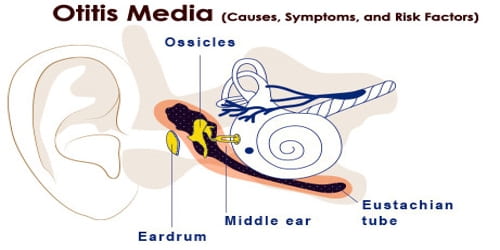By examining data from the Green Bank Telescope, located in West Virginia, a group of space scientists from several institutions in The Netherlands, two in the U.S., and one in Sweden have discovered evidence of numerous microsecond-length fast radio bursts (FRBs). The group has posted their study on the arXiv preprint server.
The Green Bank Telescope (GBT) is a large, fully steerable radio telescope located at the Green Bank Observatory (formerly the National Radio Astronomy Observatory or NRAO) in Green Bank, West Virginia, United States. It is one of the world’s premier radio telescopes and is used for a wide range of astronomical observations in the radio frequency spectrum.
FRBs, radio wave bursts that originate outside the Milky Way galaxy, have been found through earlier study. The two leading options for their source, albeit their origin is still unknown, are emissions from a flaring magnetar or from the jet of an accreting black hole. Most FRBs have been found to last on the order of a few milliseconds.
However, astronomer Kenzie Nimmo discovered proof of far shorter bursts last year, which prompted many in the community to speculate as to whether there might be even shorter bursts. The scientists used data from the Green Bank Telescope, which has the biggest steerable disk in the world, to find out.
The researchers previously examined data from the telescope, but this time they searched for signs of considerably shorter FRBs. To that end, they focused on observations of the repeating FRB 20121102A.
They thought it would be feasible that at least some FRBs arrive at our location as very brief radio wave bursts as a result of interference they encountered throughout their journey through space.
A single lengthy burst may theoretically be divided into several little bursts by such interference. Within these parameters, the team found 19 extremely short FRBs, all between 5 and 15 microseconds.
The scientists examined the bursts and discovered that, aside from time, the FRBs resembled longer FRBs in almost every way. They contend that this discovery lends more support to the dominant theories than to the notion that the microsecond bursts result from some form of shock.
They further assert that rather than focusing on the origin of FRBs, their findings are likely to reveal more about the context in which they occur. The team asserts that there are probably a lot more FRBs traveling to Earth than was previously thought.
















